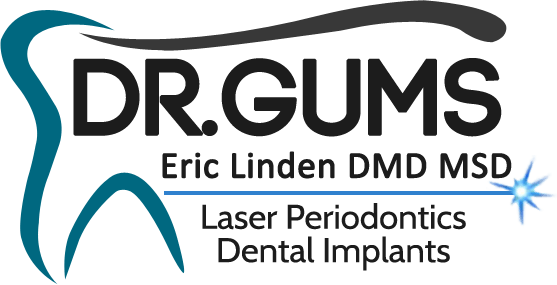CHICAGO – June 2, 2003 – Researchers from Case Western Reserve University have found a significant association between obesity and prevalence of periodontal disease, especially among individuals aged 18 to 34 years. Study findings were published in the May issue of the Journal of Periodontology. Study Abstract *
The study looked at 13,665 people, and all participants underwent a periodontal examination. Body mass index and waist circumference were used to indicate obesity. The prevalence of periodontal disease amoung obese individuals aged 18-34 years was 76% higher than normal weight individuals in this age group.
No significant association was found between body weight and periodontal disease in the middle and older age groups.
Several explanations for the association between obesity and periodontal disease in younger adults and not older adults are plausible. The younger people in the study may have different dietary patterns than older study participants. Research in dietary trends in adolescents ages 11 to 18 reveal a significant decrease in raw fruit and non-potato vegetables, which are sources of vitamin C. In addition, adolescents have decreased their calcium intake, and increased their intake of soft drinks and non-citrus juices. This is important to oral health because low dietary intake of calcium and vitamin C have been associated with periodontal disease.
“Periodontists have known for awhile that people who consume less than the recommended dietary allowance (RDA) for calcium and vitamin C have slightly higher rates of periodontal disease. Young people are now drinking more soft drinks and non-citrus juices than milk and healthier beverages, decreasing their vitamin C and calcium intake” said Mohammad S. Al-Zahrani, D.M.D., Centers for Health Promotion Research, Case Western Reserve University. “Periodontitis has long been considered an ‘older person’s’ disease, as more than half of people aged 55 or older have it. We now know that widespread risk factors such as obesity may also compromise periodontal health in younger populations.”
“This is one more finding that shows healthy nutrition and adequate physical activity are necessary for overall health, and may also help to improve periodontal health by reducing the rate of progression of periodontal disease, said Gordon Douglass, D.D.S. and president of the American Academy of Periodontology.”
The study mentions other reasons for the association between obesity and periodontal disease including the social stigma associated with obesity in younger adults. Obesity for this age group may be a greater source of chronic stress than in older adults where increased body weight is considered more acceptable. Stress and how an individual copes with stress has been shown to increase a person’s risk for periodontal disease.
“These findings add one more health risk to the list, and further demonstrate the importance of preventing and managing obesity, said Douglass. “Like obesity, periodontal disease can take away a person’s confidence and smile.”
A referral to a periodontist in your area and free brochure samples including one titled Periodontal Diseases: What You Need to Know are available by calling 800-FLOSS-EM or visiting the AAP’s Web site at www.perio.org.
About the AAP
The American Academy of Periodontology (AAP) is the professional organization for periodontists—specialists in the prevention, diagnosis, and treatment of diseases affecting the gums and supporting structures of the teeth, and in the placement of dental implants. Periodontists are also dentistry’s experts in the treatment of oral inflammation. They receive three additional years of specialized training following dental school, and periodontics is one of the nine dental specialties recognized by the American Dental Association. The AAP has 8,000 members worldwide.
For more information, contact the AAP Public Affairs Department at meg@perio.org or 312/573-3242.

